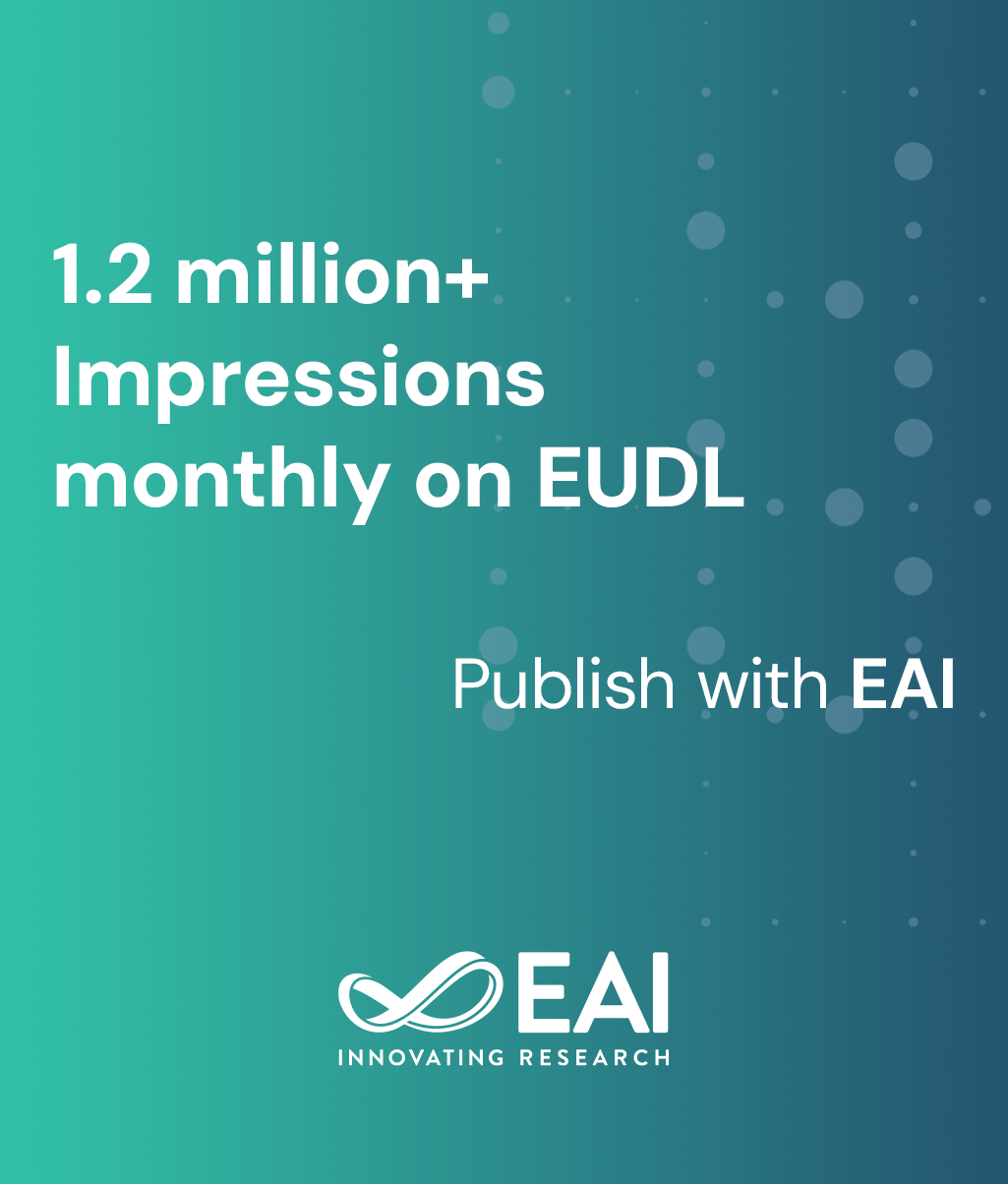
Research Article
Towards Real-Time Spatial Distance Monitoring of Power Transmission Lines Using LiDAR Point Clouds and Visual Imaging
@ARTICLE{10.4108/ew.9443, author={Li Zhendong and Wang Feiran and Han Geng and Guo Xinyang and Shi Zhaoyang }, title={Towards Real-Time Spatial Distance Monitoring of Power Transmission Lines Using LiDAR Point Clouds and Visual Imaging}, journal={EAI Endorsed Transactions on Energy Web}, volume={12}, number={1}, publisher={EAI}, journal_a={EW}, year={2025}, month={8}, keywords={LiDar Point Cloud, Semantic Segmentation, Power Transmission Line Monitoring, RandLA-Net, Spatial Distance Measurement}, doi={10.4108/ew.9443} }- Li Zhendong
Wang Feiran
Han Geng
Guo Xinyang
Shi Zhaoyang
Year: 2025
Towards Real-Time Spatial Distance Monitoring of Power Transmission Lines Using LiDAR Point Clouds and Visual Imaging
EW
EAI
DOI: 10.4108/ew.9443
Abstract
INTRODUCTION: Efficient monitoring of power transmission lines is paramount to grid safety, clearance violation prevention, and uninterrupted supply of electricity. Classic inspection approaches like ground surveys by manual methods and visual inspections by drones are time-consuming, costly, and susceptible to human error. OBJECTIVES: Current LiDAR-based approaches are limited in automation, with extensive post-processing based on manual intervention. Additionally, most existing models are not scalable and fail under changing environmental conditions because of a lack of generalization. In this research, a spatial monitoring platform that combines LiDAR point clouds with high-resolution imagery through RandLA-Net is presented for semantic segmentation and hazard detection. METHODS: Combining geometric information (LiDAR) and visual features (images) with an optimized RandLA-Net architecture allows for accurate, real-time infrastructure features and hazard detection in dense or cluttered scenarios. RESULTS: The system presented here attained a semantic segmentation accuracy of 99.1% and a mean Intersection over Union (mIoU) of 93.2%. Spatial distance estimation had a low Mean Absolute Error (MAE) of 0.16 meters and Root Mean Square Error (RMSE) of 0.23 meters. The rate of safety violations detected never exceeded 4% among all object pairs. Compared to alternative techniques the proposed approach offers higher segmentation accuracy and more comprehensive hazard detection. CONCLUSION: It uniquely combines LiDAR and image data with advanced algorithms for precise, real-time distance measurement and monitoring. This study provides a cost-effective, scalable, and real-time-enabled monitoring solution, lessening reliance on human inspections and hugely enhancing hazard detection accuracy for power transmission infrastructure.
Copyright © 2025 Li Zhendong et al., licensed to EAI. This is an open-access article distributed under the terms of the CC BY-NCSA 4.0, which permits copying, redistributing, remixing, transforming, and building upon the material in any medium so long as the original work is properly cited.


